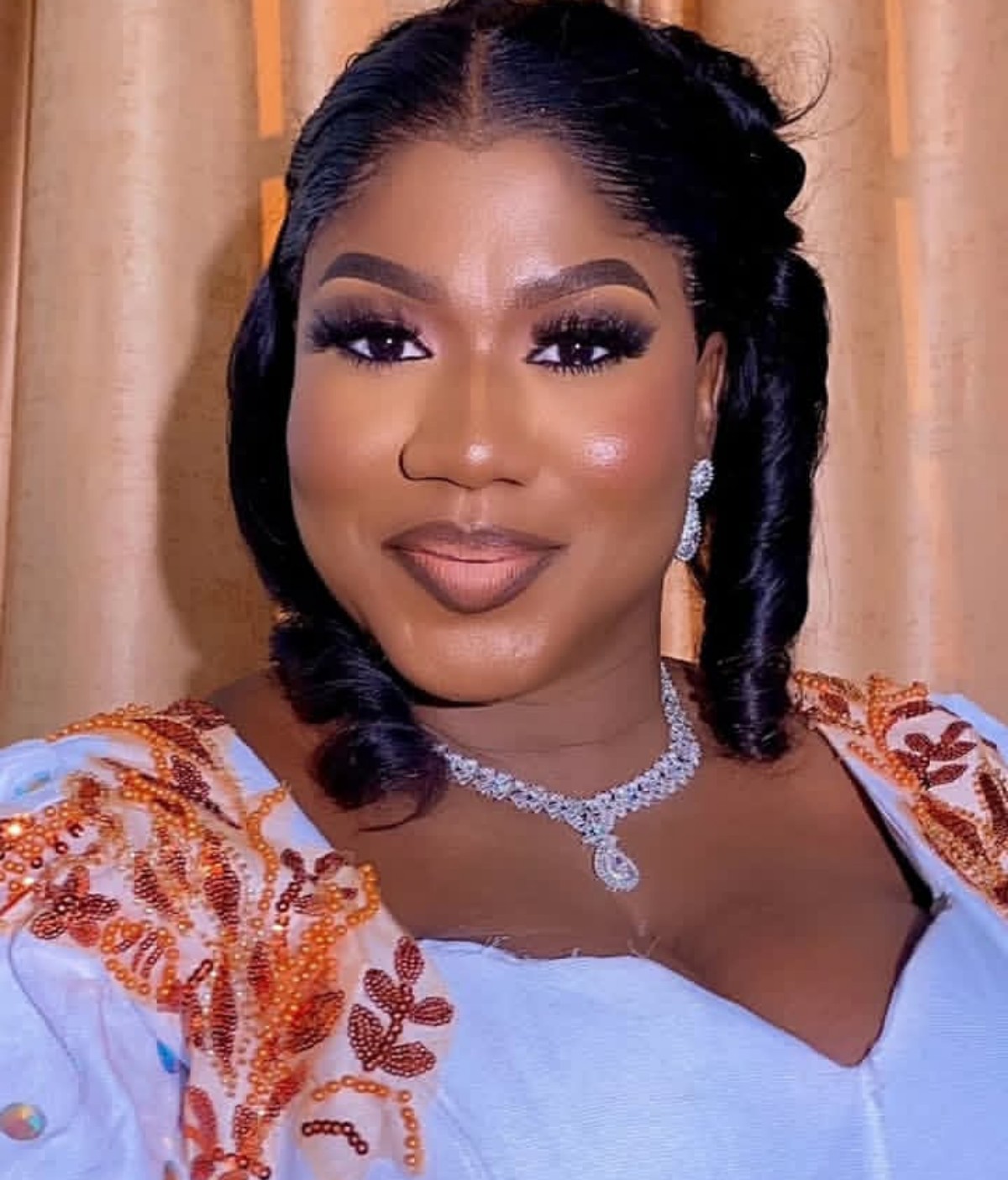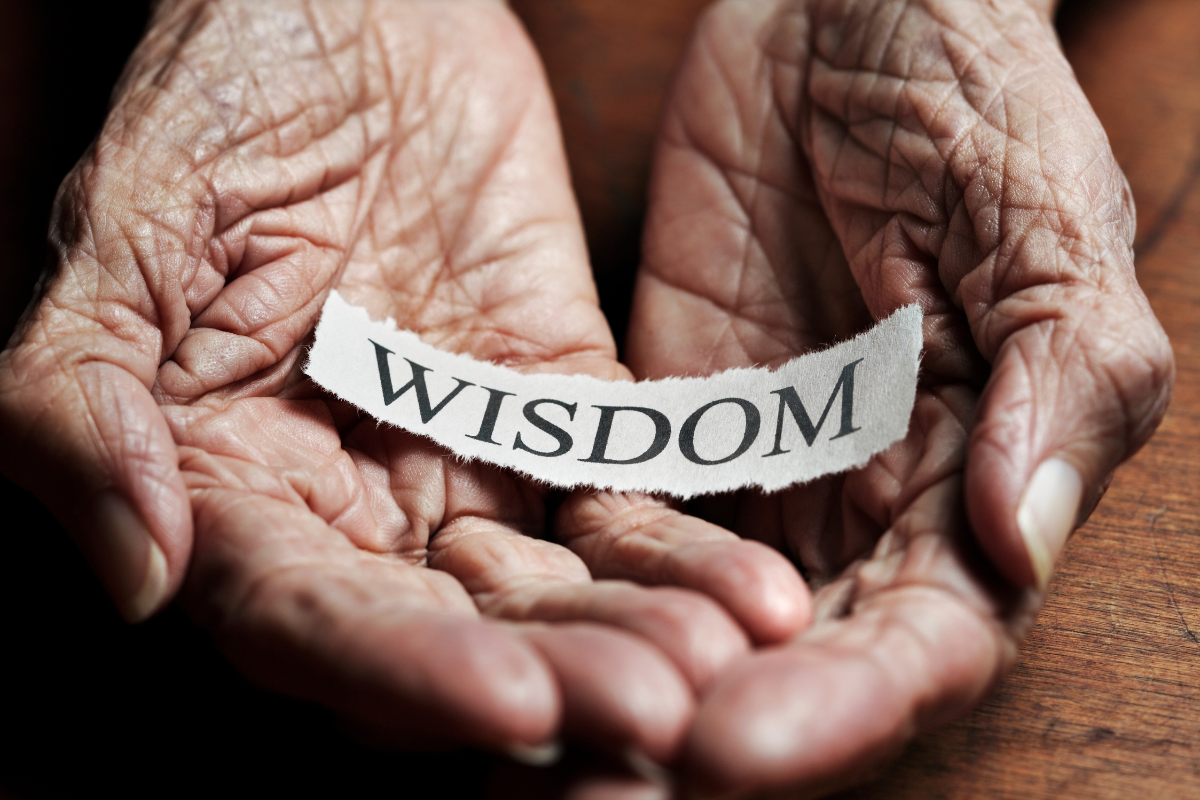Listening has become a rare skill. Yet, the ability to be present in conversations can deepen relationships, resolve misunderstandings, and foster genuine connections. Listening isn’t just about hearing words; it’s about understanding emotions, intentions, and perspectives. Mastering the art of listening requires mindfulness, empathy, and practice, but the rewards are transformative.

Listening validates the speaker, showing them that their thoughts and feelings are valued. It builds trust and encourages open communication. Poor listening, on the other hand, can lead to miscommunication, hurt feelings, and strained relationships. Being fully present in conversations allows you to connect on a deeper level, making both parties feel seen and heard.
Here are tips on how to be a better listener
- Eliminate Distractions
To be present, start by creating a distraction-free environment. Put away your phone, turn off notifications, and focus entirely on the conversation. Multitasking may seem efficient, but it often signals disinterest to the speaker.
Action Step: Before engaging in a conversation, silence your phone and make eye contact to signal your attentiveness. - Practice Active Listening
Active listening involves more than nodding along. It means truly engaging with what’s being said, asking clarifying questions, and reflecting back key points.
Action Step: Use phrases like “What I’m hearing is…” or “Can you elaborate on that?” to show that you’re paying attention. - Listen Without Interrupting
Interrupting or planning your response while someone is speaking prevents you from fully understanding their message. Resist the urge to jump in and let the speaker finish their thoughts.
Action Step: Pause for a moment before responding. This allows you to process what was said and respond thoughtfully. - Pay Attention to Non-Verbal Cues
Listening isn’t just about words; body language, tone, and facial expressions often reveal unspoken emotions.
Action Step: Observe the speaker’s posture, gestures, and tone to gain a deeper understanding of their feelings.
When you truly listen, you create a space for meaningful connection. People feel respected and valued, leading to stronger relationships. Moreover, listening helps you grow as a person by exposing you to new perspectives and ideas. In doing so, you’ll foster trust, strengthen bonds, and create moments of genuine understanding in a noisy world.




































































